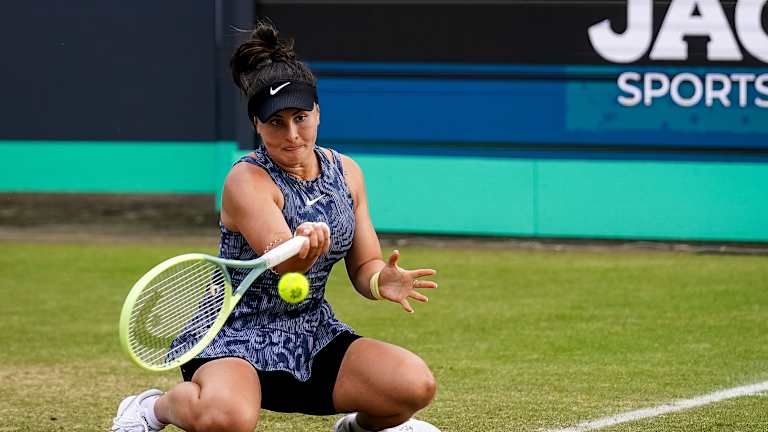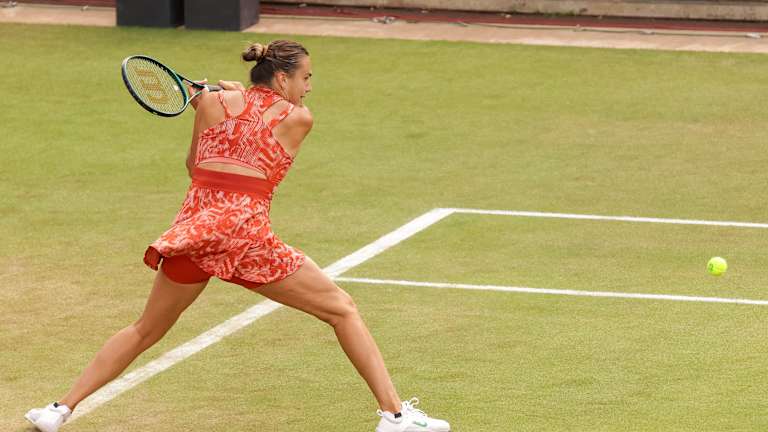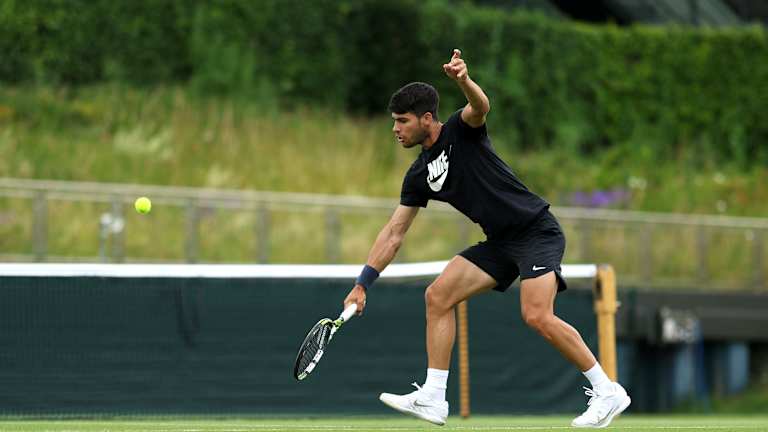Your Game
Lawn Care: Playing on grass calls for certain key adjustments in your game
By Jun 30, 2024Your Game
Racquet Review: Yonex EZONE 100
By Apr 20, 2025Your Game
Geared Up: Andrey Rublev keeps letting it rip with Head and K-Swiss
By Apr 19, 2025Your Game
Tariffs are serving up challenges to the tennis equipment industry
By Apr 13, 2025Your Game
The Partner ball machine uses robotics to revolutionize tennis training
By Apr 12, 2025Your Game
Racquet Review: Wilson Clash 100 Pro v3
By Apr 06, 2025Your Game
Shoe Review: Adidas Ubersonic 5
By Apr 05, 2025Your Game
Doubles Partners: Asics and A.P.C. team up for one-of-a-kind tennis collection
By Mar 30, 2025Your Game
Babolat and Lamborghini collaborate on new padel racquet collection
By Mar 29, 2025Your Game
Madison Keys: how racquet change led to first Grand Slam title
By Mar 28, 2025Lawn Care: Playing on grass calls for certain key adjustments in your game
Focused footwork and aggressive tactics are rewarded on the slippery surface.
Published Jun 30, 2024
Advertising

You've got to bend your knees to handle the lower bounces on grass
© Getty Images

Slice shots work well on grass
© 2024 Getty Images
Advertising

Coming to net and volleying is a grass court staple
© Getty Images
Advertising

The tricky bounces on grass can necessitate invention on your shots
© Getty Images